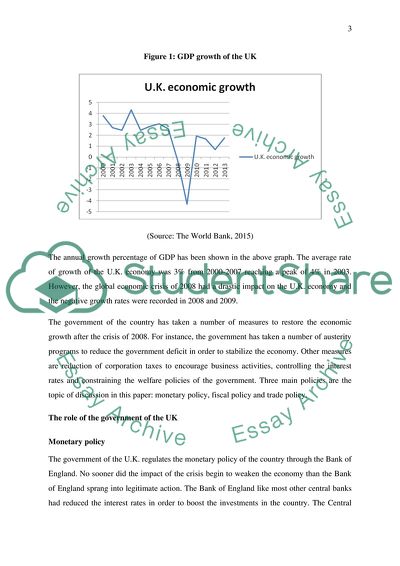Cite this document
(Describe with examples, how the UK government controls the economy Essay, n.d.)
Describe with examples, how the UK government controls the economy Essay. https://studentshare.org/macro-microeconomics/1855489-describe-with-examples-how-the-uk-government-controls-the-economy
Describe with examples, how the UK government controls the economy Essay. https://studentshare.org/macro-microeconomics/1855489-describe-with-examples-how-the-uk-government-controls-the-economy
(Describe With Examples, How the UK Government Controls the Economy Essay)
Describe With Examples, How the UK Government Controls the Economy Essay. https://studentshare.org/macro-microeconomics/1855489-describe-with-examples-how-the-uk-government-controls-the-economy.
Describe With Examples, How the UK Government Controls the Economy Essay. https://studentshare.org/macro-microeconomics/1855489-describe-with-examples-how-the-uk-government-controls-the-economy.
“Describe With Examples, How the UK Government Controls the Economy Essay”. https://studentshare.org/macro-microeconomics/1855489-describe-with-examples-how-the-uk-government-controls-the-economy.


